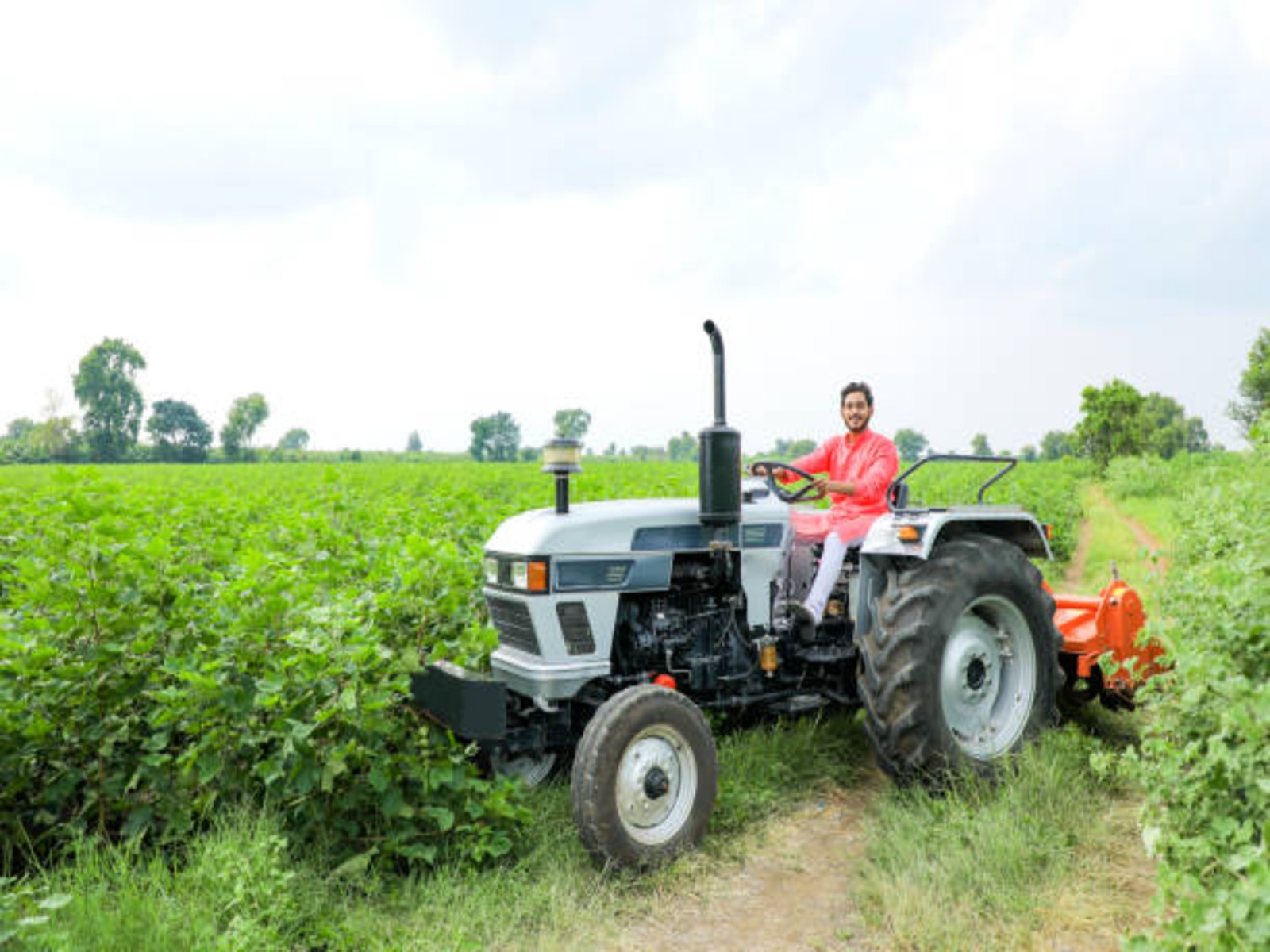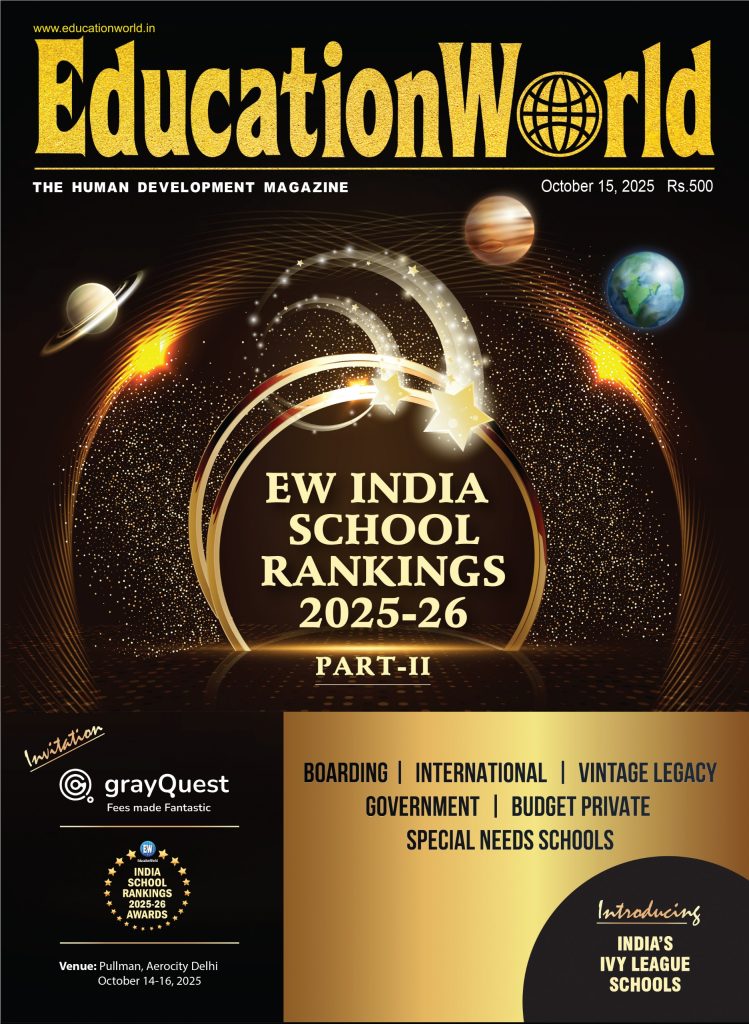Few agriculture graduates secure jobs despite a flourishing sector
– Ronita Torcato
India’s agricultural colleges have recorded low campus placements despite a flourishing agricultural sector.
Data from the National Institutional Ranking Framework (NIRF) released by the Ministry of Education, shows only 29 percent of undergraduate students from agricultural institutes secured jobs in 2023-24 on completion of the course.
Campus recruitment in BSc Agriculture, BSc Food Science, BSc Horticulture, and other UG courses remains low which may account for the majority of students pursuing higher education.
Between 5-10 percent students prepare for competitive exams such as NABARD, UPSC and IBPS-SO (Institute of Banking Personnel Selection Specialist Officers) while the rest seek gainful employment.
Interestingly, the education ministry’s annual All India Survey on Higher Education shows a marked increase in enrolment in agriculture courses – from 1,13,595 (2012-13) to 2,94,379 (2021-22) even as an expert sounds a warning.
“Faculty shortages in several universities and lack of skills undermine agricultural higher education in India,” says R. C Agrawal, who recently retired as Deputy Director General (Agriculture Education), Indian Council of Agricultural Research (ICAR).
“Faculty lack specialisation in emerging areas such as precision-agriculture tools, drones, geographic information systems, are weak in agri-data analytics and fail to impart soft skills and entrepreneurship training to the students.”
Academics and experts also point out the gap between academia and industry, underskilled faculty, and low-paid entry-level jobs.
Suggests Edgar Lourenco, a Goa-based agriculturalist turned businessman, “Agriculturists must develop a talent to be self-employed. They can cultivate barren/fallow land and generate employment through different types of cultivation in different seasons.”
ICAR’s 6th Deans Committee (2023-24) played a significant role in updating the curriculum in agriculture but universities still require periodic revision to stay abreast with changing technologies and employer demands.
Agrawal says the lack of training in modern lab techniques, data analytics, and essential soft skills among students, curtails their employability.
It is pertinent to note that hands-on training and the Rural Agricultural Work Experience (RAWE) are part of many undergraduate programmes; however,many internships
do not culminate in jobs.
“I have no idea what type of jobs are available to them, they may be producing too many graduates,” says Dr Amrita from Mumbai.
“RAWE placements are not properly documented,” according to SV Suresha, vice-chancellor, University of Agriculture Sciences, Bengaluru. “Several students secure jobs directly through their contacts or discipline-specific research.”
“Students opting for specialised post graduate programmes are often recruited by the R&D division of agri firms. However, many PG candidates do not clear the technical rounds as they fail to show aptitude for research,” says a student, who earned an MSc in Environmental Science back in 2018.
Undergraduate students begin on starting salaries of Rs 15,000-20,000 per month in the private sector, postgraduate students at the managerial level bag packages ranging from Rs 5-12 lakh per year.
Says engineer Aadil Desai, “They are lucky, they found jobs. I am worried about the rest who won’t get employed in any other sector and may most probably remain jobless even after obtaining a graduate degree.”
Students also face practical challenges involving accommodation and transport, as most agricultural universities are located in rural or semi-urban areas.
Experts recommend placement cells that build employer networks, organise job fairs and provide pre-placement training to students.
Also read: ISRO chief highlights hydrogen’s role in India’s clean energy and space future

















Add comment